+86-15889090408
[email protected]
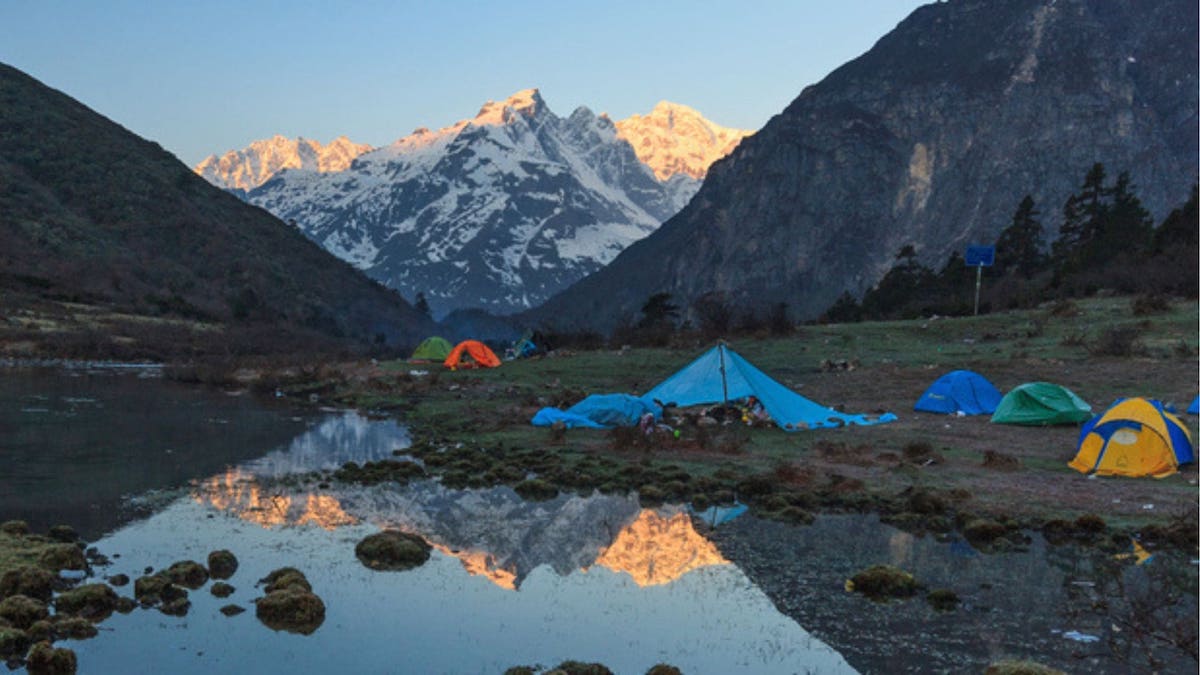
Tibet is a unique and captivating travel destination that offers a wealth of cultural and natural attractions for visitors to explore. Located in the heart of the Himalayas, Tibet is known for its stunning landscapes, including towering mountain peaks, vast grasslands, and crystal-clear lakes. Additionally, Tibet is home to a rich and ancient culture, with its own distinct traditions, art, and architecture.
One of the main highlights of visiting Tibet is the opportunity to experience Tibetan Buddhism firsthand. The region is dotted with monasteries and temples, where visitors can witness monks engaging in daily rituals and ceremonies. The iconic Potala Palace in Lhasa is a must-visit attraction, offering a glimpse into the spiritual and historical significance of Tibet.
Another draw of Tibet is its unique festivals and events. The colorful Tibetan New Year, known as Losar, is a vibrant celebration filled with traditional music, dancing, and elaborate costumes. Other festivals, such as the Saga Dawa Festival and the Shoton Festival, provide a chance to immerse oneself in the local culture and witness age-old traditions.
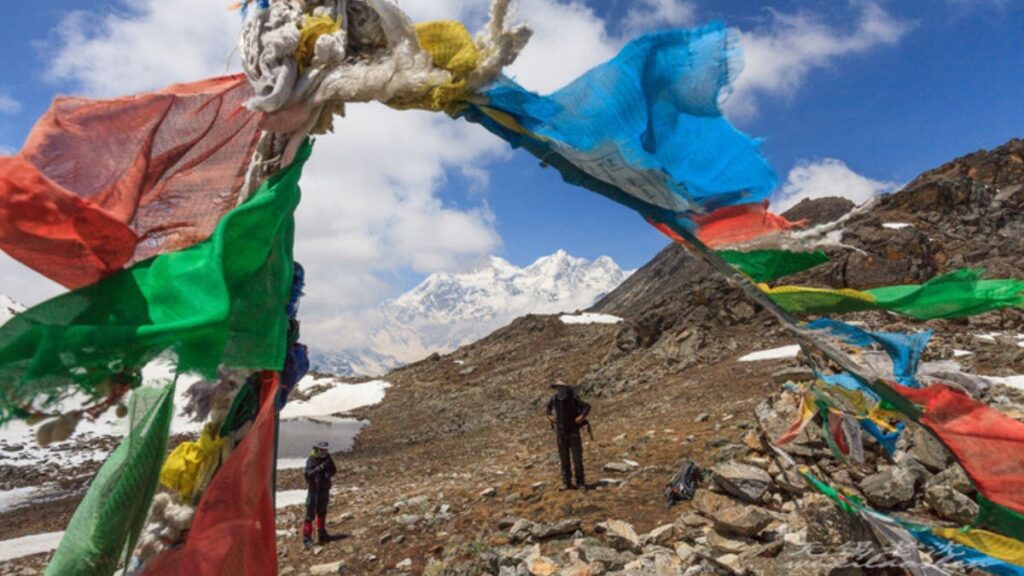
However, it’s important to note that traveling to Tibet requires proper planning and preparation. Due to its high altitude and remote location, acclimatization is crucial to avoid altitude sickness. It’s recommended to spend a few days in Lhasa or other lower-altitude areas before venturing further into Tibet. Additionally, obtaining the necessary permits and arranging transportation and accommodations in advance is essential for a successful trip.
Tibet offers a unique blend of natural beauty, cultural heritage, and spiritual experiences that make it an enticing travel destination. With its breathtaking landscapes and rich traditions, Tibet guarantees an unforgettable journey for those willing to embark on an adventure to this extraordinary part of the world.
When planning a trip to Tibet, it is crucial to select a reputable and experienced tour operator. The importance of this cannot be overstated, as a reliable tour operator will ensure a smooth and enjoyable travel experience while also prioritizing safety and responsible tourism practices.
To begin the process of selecting a tour operator, thorough research is necessary. Start by searching online for tour operators that specialize in Tibet travel. Look for companies that have been operating for several years and have a proven track record of providing high-quality services. It is also helpful to check if they are members of any industry associations or have received certifications that demonstrate their commitment to professionalism and ethical practices.
Reading reviews from previous travelers is another valuable step in the research process. Look for reviews on reputable travel websites and forums, as well as social media platforms. Pay attention to both positive and negative feedback, as this will give you a comprehensive view of the tour operator’s strengths and weaknesses. Additionally, consider reaching out to friends, family, or colleagues who have visited Tibet before and ask for their recommendations.
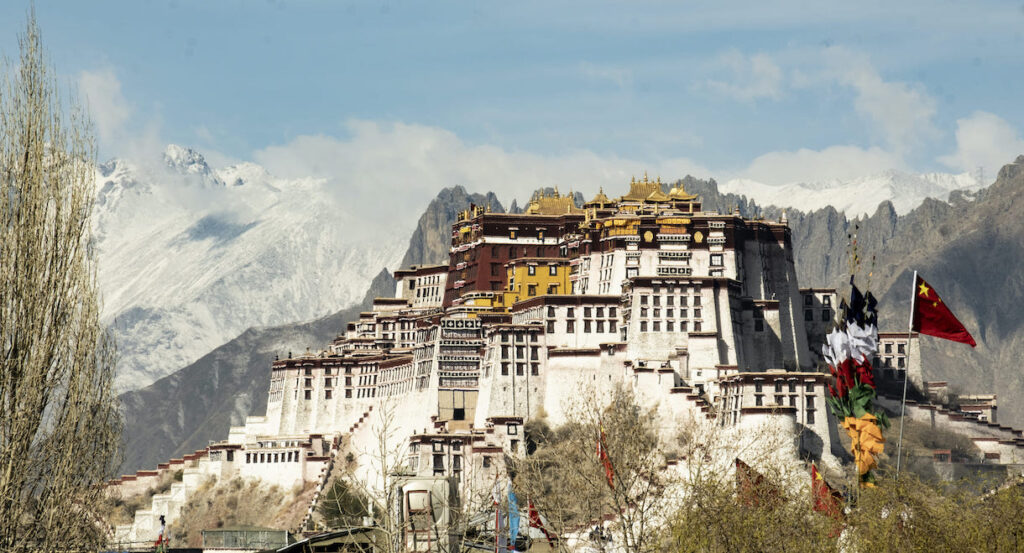
Once you have narrowed down your options, it is advisable to directly contact the tour operators and ask specific questions about their services, itineraries, accommodations, and guides. A reputable tour operator will be responsive, transparent, and willing to address any concerns or queries you may have. Requesting detailed information about their safety protocols and emergency procedures is also important, as it demonstrates their commitment to ensuring the well-being of their clients.
Lastly, consider the overall value offered by the tour operator. While price should not be the sole determining factor, it is essential to compare prices and inclusions across different operators to ensure you are getting the best possible package for your budget. Keep in mind that the cheapest option may not always be the most reliable or provide the highest quality services.
By conducting thorough research, reading reviews, and asking pertinent questions, you can select a reputable tour operator in Tibet that will provide an unforgettable and worry-free travel experience.
When planning a trip to Tibet, there are several factors to consider in determining the duration and timing of your visit. One of the most important factors is your personal interests and what you hope to experience during your trip. If you have specific attractions or activities in mind, you may need to allocate more time to explore them fully.
Another factor to consider is the amount of time you have available for your trip. If you have a limited amount of time, you may need to prioritize certain places or activities and plan a shorter visit. On the other hand, if you have more time to spare, you can plan a more leisurely and comprehensive trip.
Weather conditions also play a significant role in determining the duration and timing of your Tibet trip. Tibet experiences different seasons, each offering unique travel experiences. The spring and autumn seasons are generally considered the best times to visit Tibet, as the weather is mild and stable. These seasons provide pleasant temperatures and clear skies, making it ideal for outdoor activities and sightseeing.
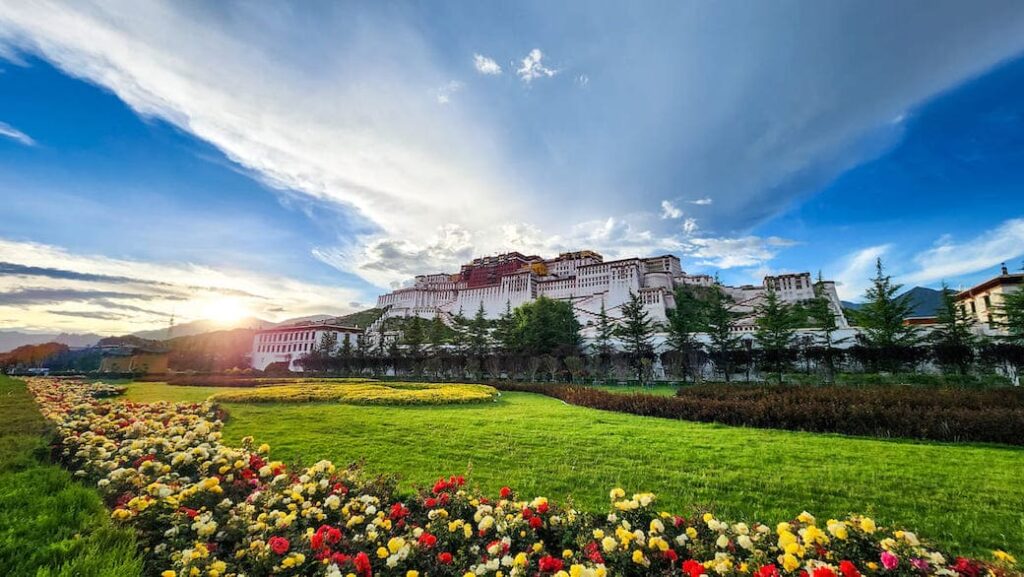
Summer in Tibet is the rainy season, with frequent showers and occasional thunderstorms. While the landscape is lush and vibrant during this time, the rain may affect transportation and make trekking more challenging. Winter in Tibet is cold and dry, with temperatures dropping below freezing. However, if you’re interested in experiencing Tibetan culture and festivals, winter can be a great time to visit, as many traditional celebrations take place during this season.
Ultimately, the duration and timing of your Tibet trip will depend on your personal preferences, available time, and weather conditions. It’s important to research and plan ahead to ensure that you make the most of your trip and have a memorable experience in this breathtaking region.
Traveling to Tibet requires obtaining certain permits and visas to ensure a smooth and legal journey. Understanding the required permits is crucial before planning your trip. There are three main permits needed for traveling to Tibet: the Tibet Travel Permit, the Alien Travel Permit, and the Military Permit.
The Tibet Travel Permit, also known as the TTP, is the basic permit required for all foreign travelers entering Tibet. This permit is obtained through a travel agency or tour operator authorized by the Tibet Tourism Bureau (TTB). It is necessary to have a pre-arranged tour with a licensed travel agency as individual travel is not permitted in Tibet.
The Alien Travel Permit also referred to as the PSB permit, is required for certain areas in Tibet that are considered restricted or border regions. This permit is obtained after arriving in Tibet and is usually arranged by your travel agency. It is important to note that not all travelers will require this permit, as it depends on the specific itinerary and destinations.
The Military Permit, also known as the Restricted Areas Permit, is necessary for traveling to certain military-sensitive areas in Tibet, such as Ngari, Nyingchi, and the Mt. Kailash region. This permit is obtained with the assistance of your travel agency, who will handle the application process on your behalf.
To obtain these permits, it is recommended to follow a step-by-step guide provided by your travel agency. They will assist you in gathering all the necessary documents, including a valid passport, visa, and other personal information. The process typically involves submitting an application form and providing supporting documents to the TTB and other relevant authorities. It is important to allow ample time for the permit application process, as it can take several weeks or even months.
Overall, obtaining the necessary permits and visas for traveling to Tibet requires careful planning and coordination with a licensed travel agency. It is essential to follow the guidelines provided by your travel agency and ensure all required documents are obtained before your trip to ensure a hassle-free and legal journey.
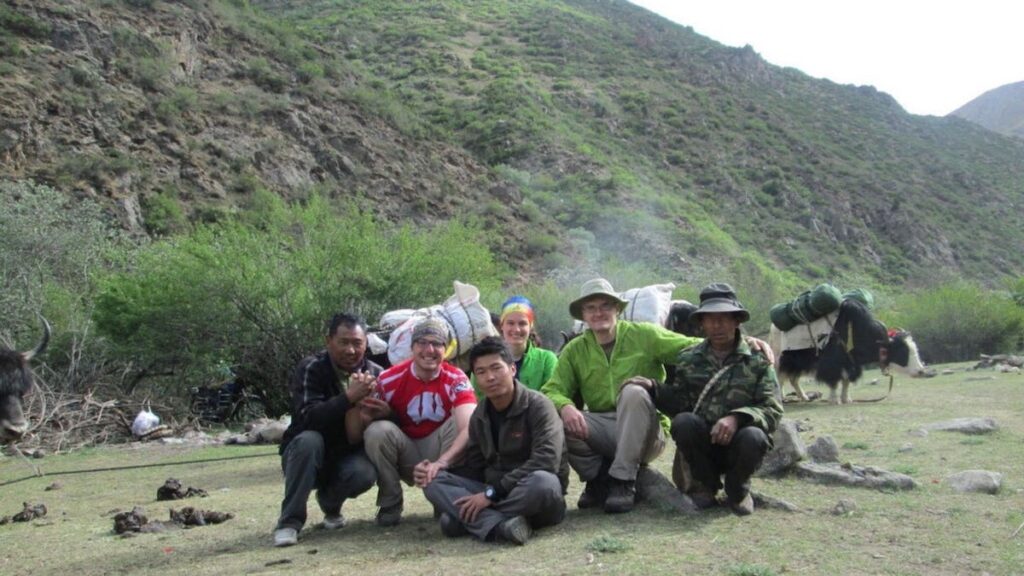
When deciding on the itinerary and attractions to visit in Tibet, it’s important to consider the popular attractions that the region has to offer. Some of the most well-known attractions in Tibet include the iconic Potala Palace, the highest peak in the world Mount Everest, and the breathtaking Namtso Lake.
The Potala Palace, located in Lhasa, is a must-visit destination for its historical and cultural significance. It was once the winter residence of the Dalai Lama and is now a UNESCO World Heritage Site. The palace showcases stunning Tibetan architecture and offers panoramic views of the city.
Mount Everest, located on the border of Nepal and Tibet, is a dream destination for many adventure enthusiasts. Whether you choose to trek to the Everest Base Camp or simply admire its majestic beauty from a distance, Mount Everest is a sight that will leave you in awe.
Namtso Lake, also known as the Heavenly Lake, is one of the most beautiful lakes in Tibet. Surrounded by snow-capped mountains, it offers stunning views and a serene atmosphere. Visitors can enjoy activities such as hiking, camping, and photography.
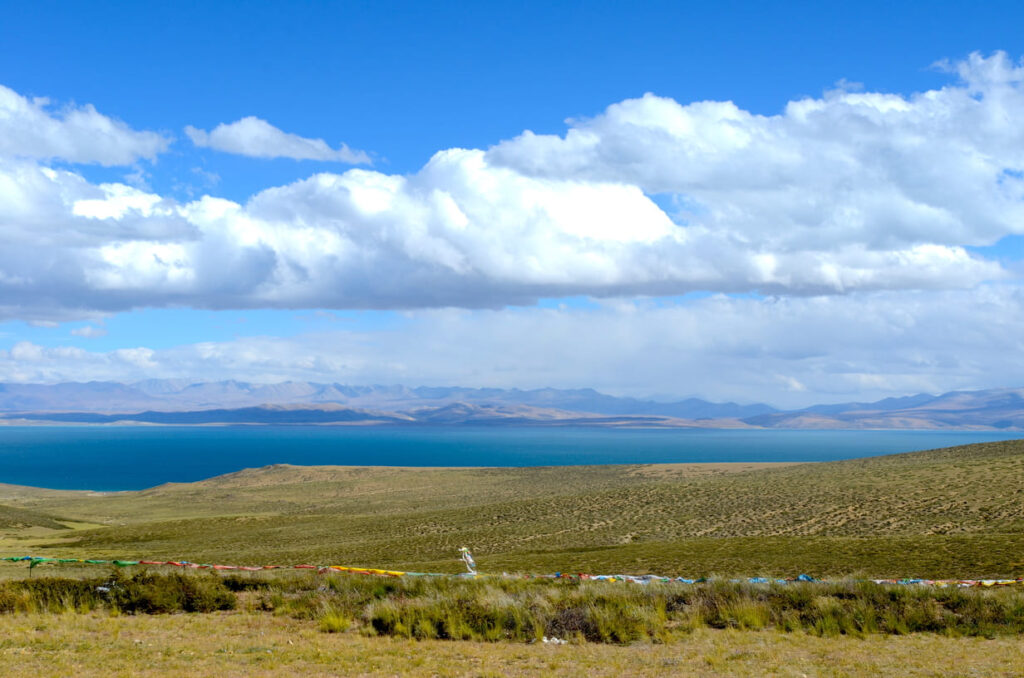
When creating your itinerary, it’s important to consider your personal preferences and interests. If you’re interested in history and culture, make sure to allocate enough time to explore the monasteries and temples in Lhasa, such as the Jokhang Temple and Sera Monastery. If you’re an outdoor enthusiast, consider including activities such as trekking, camping, or horseback riding in your itinerary.
To create a balanced and diverse itinerary, consider including a mix of urban and natural attractions. Spend some time immersing yourself in the vibrant city life of Lhasa, but also make sure to venture into the countryside to experience the stunning landscapes and tranquility that Tibet has to offer.
Overall, when deciding on your itinerary and attractions to visit in Tibet, it’s important to consider the popular attractions while also tailoring your itinerary to your personal preferences. This will ensure that you have a memorable and fulfilling experience in this remarkable region.
When considering transportation options within Tibet, there are several modes to choose from, including flights, trains, and private vehicles.
Flights are the fastest way to travel within Tibet, with direct flights available from major cities like Lhasa, Nyingchi, and Shigatse. Flights offer convenience and comfort, allowing you to reach your destination quickly. However, flights can be expensive compared to other options and may have limited availability, especially during peak travel seasons.
Trains are another popular option for traveling within Tibet. The Qinghai-Tibet Railway connects Lhasa with major cities in mainland China, providing a scenic and memorable journey. Train travel allows you to enjoy breathtaking views of the Tibetan Plateau and experience the unique charm of traveling by rail. However, train tickets can be in high demand, so it is advisable to book in advance. Trains also have limited routes within Tibet, so they may not be suitable for reaching more remote destinations.
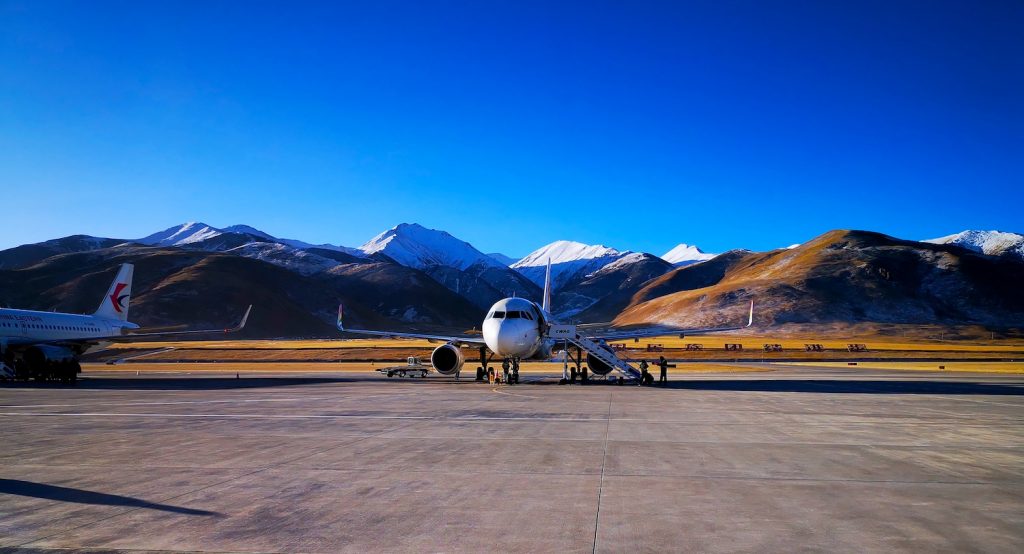
Private vehicles offer flexibility and the freedom to explore Tibet at your own pace. Renting a car or hiring a private driver allows you to visit off-the-beaten-path locations and take detours as you please. This option is particularly advantageous if you are traveling with a group or have specific destinations in mind. However, driving in Tibet can be challenging due to the region’s rugged terrain and harsh weather conditions. It is important to have a reliable vehicle and an experienced driver who is familiar with the local roads.
Each transportation option has its advantages and disadvantages. Flights provide speed and convenience but can be expensive. Trains offer a scenic journey but may have limited availability. Private vehicles offer flexibility but require careful planning and experienced drivers. Consider your budget, time constraints, and desired level of independence when choosing the best transportation mode for your trip to Tibet.
When traveling to Tibet, it’s important to plan your accommodation and dining arrangements in advance to ensure a comfortable and enjoyable trip. In terms of accommodations, there are various options available to suit different budgets and preferences.
For budget travelers, there are plenty of guesthouses and hostels in Tibet that offer affordable and basic accommodations. These guesthouses often provide dormitory-style rooms or private rooms with shared bathrooms. Although the facilities may be more basic, they offer a chance to interact with fellow travelers and get a taste of local culture.

For those seeking more comfort and luxury, there are also a number of high-end hotels and resorts in Tibet. These establishments offer spacious rooms, modern amenities, and often stunning views of the surrounding landscapes. Staying in a luxury hotel can enhance your overall travel experience and provide a relaxing retreat after a day of exploration.
When it comes to dining in Tibet, it’s important to try the local cuisine and immerse yourself in the culture. Tibetan cuisine is unique and influenced by neighboring regions such as India, Nepal, and China. Traditional Tibetan dishes often include staples like yak meat, barley, and dairy products.
To find authentic Tibetan cuisine, it’s best to explore local restaurants and eateries that are frequented by locals. These establishments often serve traditional dishes prepared with locally sourced ingredients. Some popular Tibetan dishes include momos (dumplings), Thukpa (noodle soup), and tsampa (roasted barley flour).
In addition to restaurants, you may also come across Tibetan tea houses or butter tea stalls, where you can try the famous butter tea. These establishments offer a chance to experience the local tea culture and interact with the friendly locals.
Overall, when planning your trip to Tibet, it’s important to consider your accommodation preferences and research the various options available. Additionally, make sure to explore the local cuisine and try traditional Tibetan dishes for an authentic dining experience. By doing so, you can enhance your overall travel experience in Tibet.
When traveling to Tibet, it is important to be mindful of the local customs, traditions, and religious sites. The Tibetan people have a deep reverence for their culture and religion, so it is essential to show respect during your visit.
Firstly, it is crucial to dress modestly and appropriately, especially when visiting religious sites such as monasteries or temples. Both men and women should cover their shoulders and knees and remove hats or headwear when entering these sacred places. It is also important to be aware of any specific rules or restrictions that may apply to certain sites.
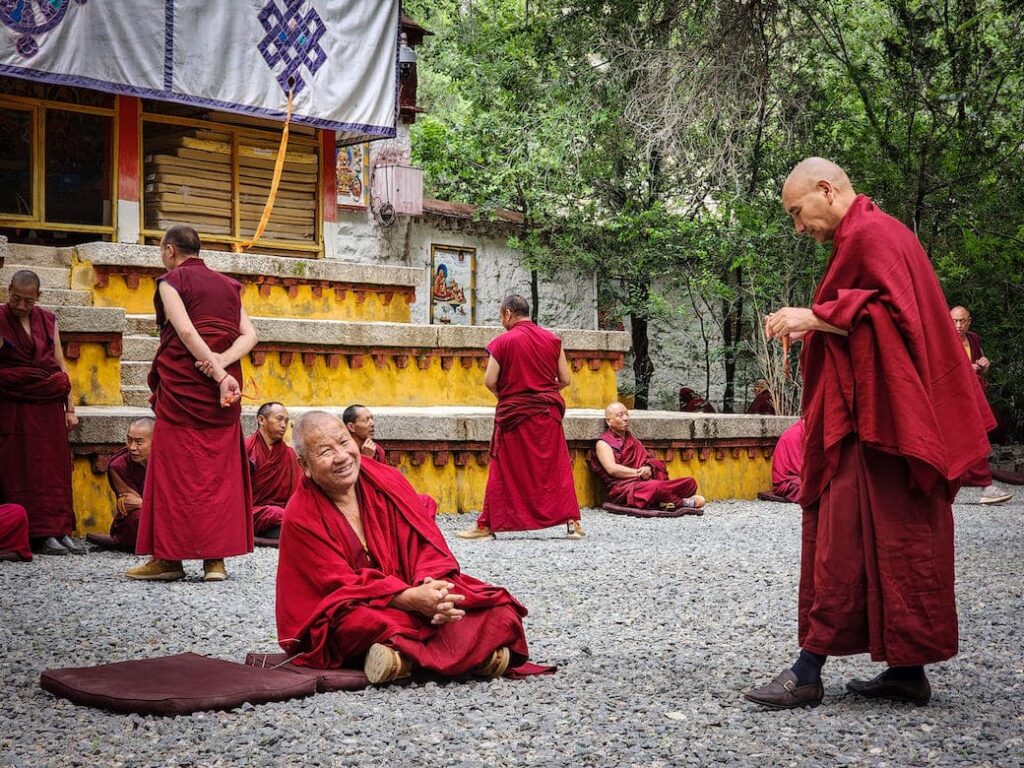
When interacting with Tibetan people, it is important to be polite and respectful. Greetings are often given with a slight bow and a warm smile. It is customary to address elders or people of authority with honorific titles such as “Lama” or “Rinpoche”. It is also polite to ask for permission before taking photographs of locals, especially monks or nuns.
Responsible travel in Tibet also means being mindful of the environment and cultural heritage. Avoid littering and always dispose of waste properly. When visiting natural sites, make sure to follow designated trails and avoid damaging flora and fauna. It is also important to support local businesses and artisans by purchasing authentic Tibetan products rather than cheap imitations.
Overall, by showing respect for local customs, traditions, and religious sites, and by being a responsible traveler, you can contribute to a positive and meaningful experience in Tibet while preserving its cultural heritage for future generations.
When planning a tour to Tibet, it is important to consider your budget and financial considerations to ensure a smooth and stress-free trip. First, it is essential to have an overview of the expected costs, including transportation, accommodation, meals, and entrance fees.
Transportation costs can vary depending on your mode of travel. If you choose to fly to Lhasa, the capital city of Tibet, it can be more expensive but saves time. On the other hand, taking a train or bus can be more budget-friendly but takes longer. It is advisable to research and compare prices to find the best option for your budget.

Accommodation in Tibet ranges from budget guesthouses to luxury hotels. It is important to research and book accommodation in advance to secure the best rates. Budget travelers can consider staying in guesthouses or hostels, while those looking for more comfort can choose mid-range or luxury hotels.
Meals can also vary in cost depending on where you eat. Local Tibetan restaurants or street food stalls offer affordable options, while international or high-end restaurants can be more expensive. To manage expenses, it is advisable to try local cuisine and explore local markets for fresh produce.
Entrance fees for tourist attractions in Tibet can also add to your expenses. It is important to research and plan which attractions you want to visit and factor in the entrance fees. Some attractions offer discounted tickets for students or senior citizens, so it is worth checking if you qualify for any discounts.
To manage your expenses and avoid unnecessary costs during your Tibet tour, it is advisable to set a daily budget and stick to it. This can help you prioritize your spending and ensure that you have enough funds for the entire trip. It is also helpful to carry some extra cash in case of emergencies or unexpected expenses.

Additionally, consider exploring free or low-cost activities such as visiting monasteries, hiking, or participating in local cultural events. These experiences can be just as enriching and memorable as paid attractions.
In conclusion, budgeting and making financial considerations during a Tibet tour are crucial for a successful trip. By having an overview of expected costs, managing expenses, and making smart choices, you can enjoy a memorable and financially responsible journey.